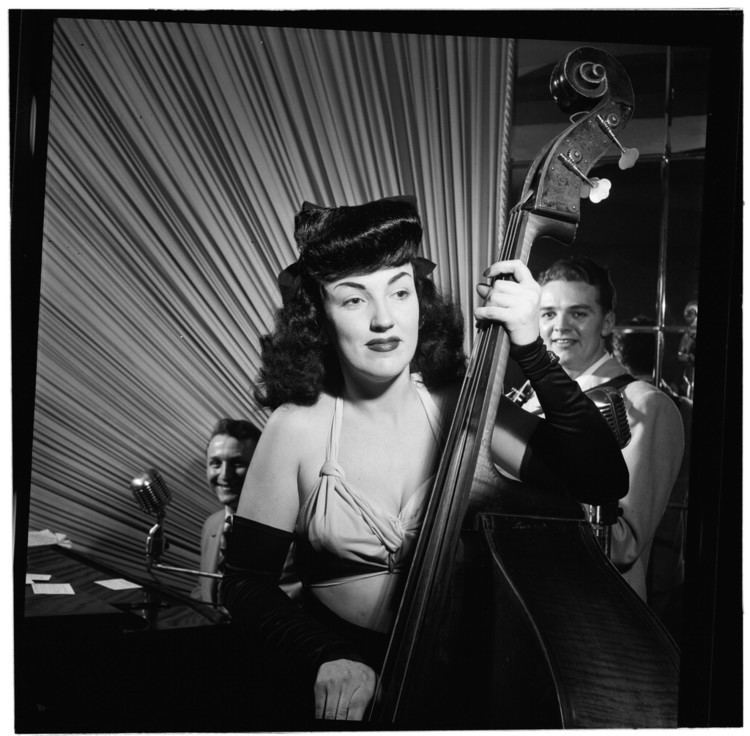 | ||
Sub-bass sounds are the deep, low- register pitched pitches approximately below 60 Hz and extending downward to include the lowest frequency humans can hear, typically 20 Hz. In this range, human hearing is not very sensitive, so sounds in this range tend to be felt more than heard. Sound reinforcement systems and PA systems often use one or more subwoofer loudspeaker cabinets that are dedicated solely to amplifying sounds in the sub-bass range. Sounds below sub-bass are called infrasound.
Hearing and usage
20 Hz is considered the normal low frequency limit of human hearing. When pure sine waves are reproduced under ideal conditions and at very high decibels, a human listener will be able to identify tones as low as 12 Hz. Audio tracks known as bass tests use sub-bass frequencies which are used to test or to demonstrate the capabilities of audio equipment. High-end subwoofers can accurately reproduce sound to about 18 Hz ±2 dB.
Sub-bass energy is popular in dance music, where the low frequencies involve energy from the kick drum (bass drum), the bass guitar and electronic synthesizers and drum machines. Particular genres such as House music, drum and bass and dubstep often feature a bassline that consists mainly of sub-bass frequencies. Much experimental music uses sub-bass, in particular drone music, where the majority of the sound can often be in the sub-bass range. Often, hip hop and rap songs feature prevalent sub-bass. The pedal keyboard range on pipe organs also often extends into the sub-bass range; the bottom note of a 16' stop is typically tuned to 32 Hz, a 32' stop at 16 Hz. Chris Pitman (ex-member from Guns N' Roses) added sub-bass at all songs on the Guns N' Roses album Chinese Democracy.
